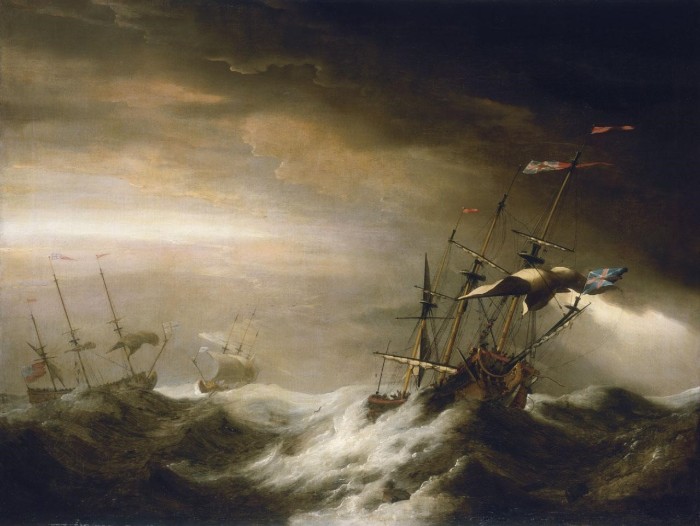“We were so crowded on the transport vessels, that we had no room even for all our bodies to lay down at once“. Such is the testimony of a group of Acadians in exile in Philadelphia. In his book A Great and Noble Scheme the American historian John Mack Faragher writes “Other evidence of conditions during the voyage is scattered and fragmentary. The fact is, once the vessels departed from l’Acadie, the provincial government washed its hands of them. No records were kept and no questions were asked. What is known is known by chance alone”. Was there concealment on the part of the authorities?

The mortality rate on the transport vessels was considerable. For example, the vessel Endeavor, which left the Minas Basin with 166 deportees on board, arrived in Boston with only 125 passengers alive. One in four passengers died at sea. Most of the ships were inadequately supplied. According to Faragher, when the sea was agitated by violent winds and enormous waves the deportees shouted in terror in their dark jails under the bridge, but could not be heard over the roar of the storm.

The Acadians were kept below deck, in the hold, during the entire voyage and only six at a time were allowed to come on deck every hour and a half alternating. The crew feared the Acadians revolting and overtaking the vessel, as they did with the Pembroke after it departed from Île aux Chèvres across Port-Royal on its way to North Carolina. There was no lighting and no air circulation. Only when the hatch was opened did any light enter, occasionally with a small stream of fresh air. A horrible stench invaded the bowels of the vessel because there was no sanitary facility. The floor became the “toilet”. Dysentery, diarrhea with blood and/or mucus that is potentially fatal, affected many. Likewise, the rolling seas caused much seasickness. Vomit mixed with other trash on the floor. If that wasn’t enough, the general decline in the physical well-being of deportees was exacerbated by the detrimental effects of stress, anxiety and total exhaustion. It is therefore hardly surprising that epidemics (usually typhus and smallpox) spread to many deportees either during the journey or upon arrival at destination, causing the death of several of them.
On the icy waters of the North Atlantic the deported Acadians were forced to withstand winter temperatures in vessels without heat. This controversial painting by George Rodrigue, titled Final Insult, shows a crew member (a British red coat) offering a shawl contaminated with smallpox to keep a child warm. It illustrates the graphic and subjective conception of the Great Acadian Upheaval, as perceived by this Louisianan painter. This grotesque image can be interpreted in many ways without being the affirmation of an objective reality.
In order to accelerate the expulsion of the Acadians and their expropriation, the vessels were overloaded and to make even more room on board, the deportees were forced to abandon practically all their belongings on the shore, where they were found six years later by the Anglo-American colonists who came to take possession of the unwillingly vacated lands. The crew aboard the transport vessels treated all Acadians uncompassionately as prisoners of war, and worse still like wandering cattle.
